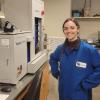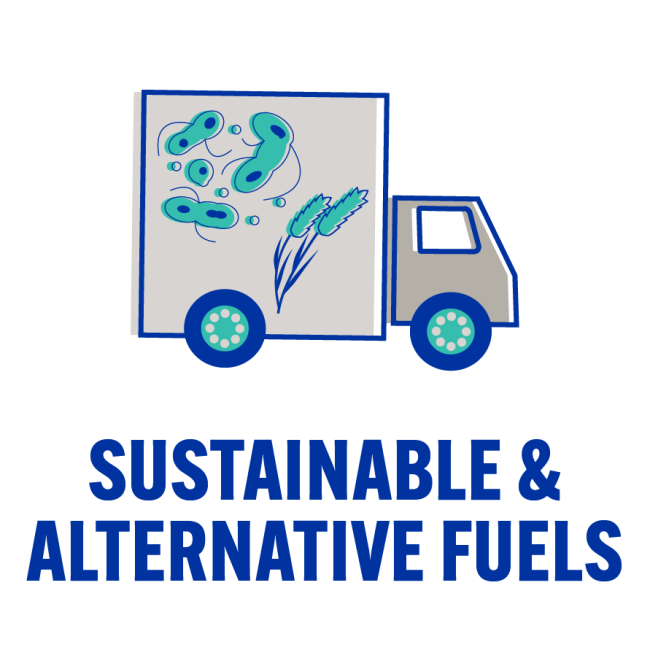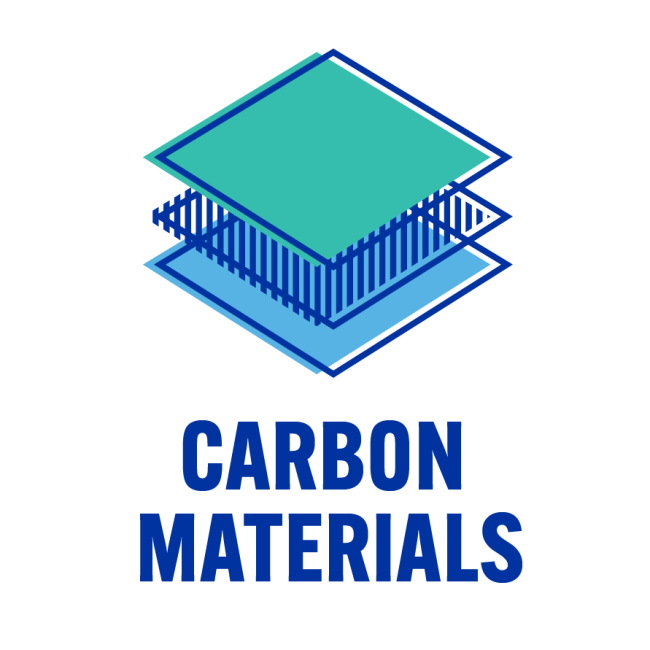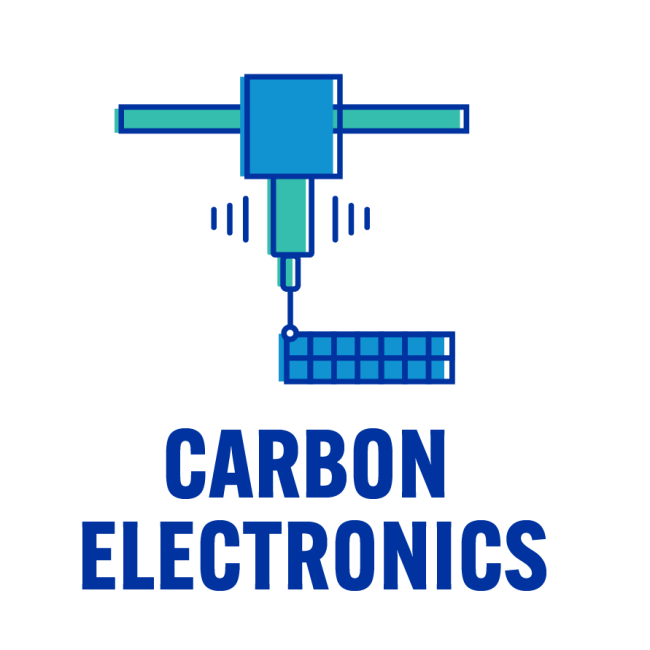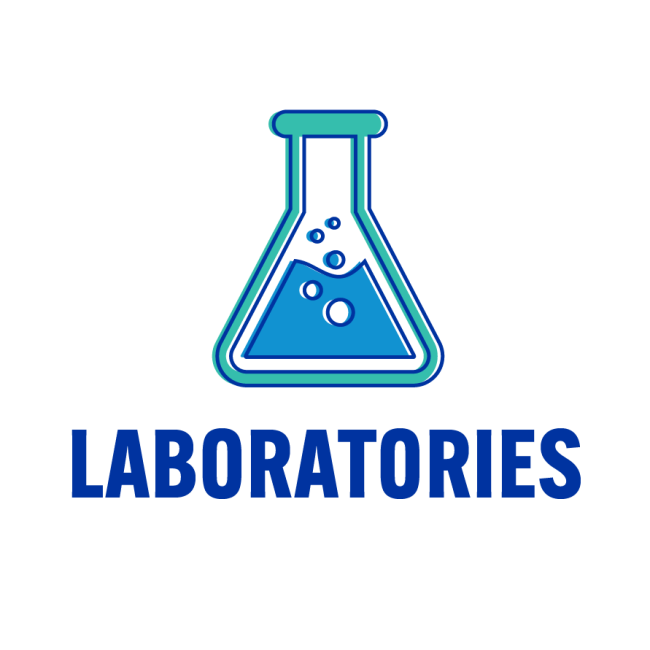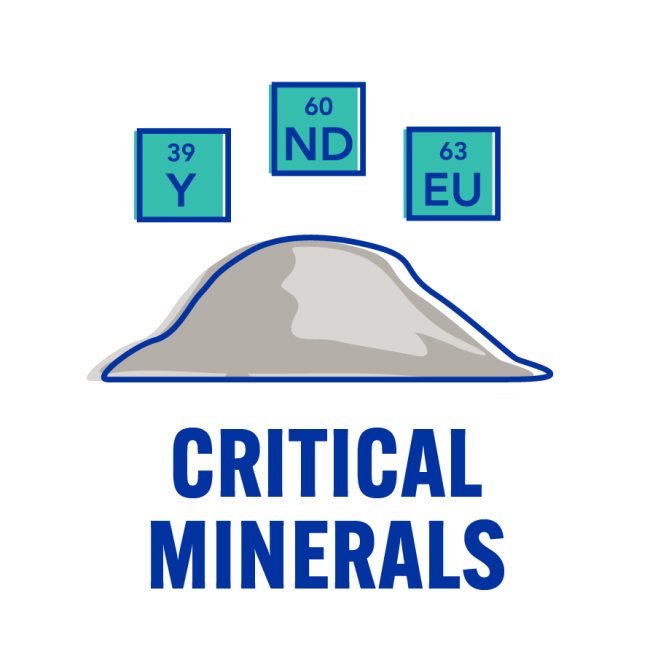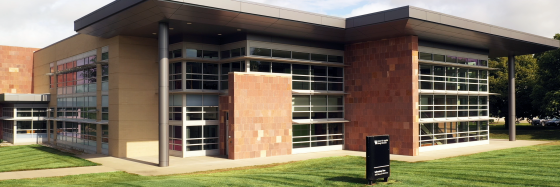
UK Center for Applied Energy Research
We are Kentucky’s Energy Problem Solvers
For nearly 50 years, the University of Kentucky Center for Applied Energy Research (CAER) has been Kentucky’s home to energy innovation, materials science discoveries, and incubation of technologies that has helped Kentucky’s energy economy to thrive.
In all of our work, Kentucky comes first
CAER’s successes are tied to its abiding mission, “to execute a research program designed to develop new and more effective and environmentally acceptable use for coal and to improve existing uses for Kentucky’s natural resources.”
Latest News
106
CAER scientists, researchers, students, and staff dedicated to advancing Kentucky’s energy economy
44%
Of the University of Kentucky’s US patents were generated by CAER researchers
2,000
More than 2,000 attendees at CAER events, meetings, and conferences in 2024.
Researching the Researcher Learn About Us
Watch the whole series on the CAER Youtube channel.

